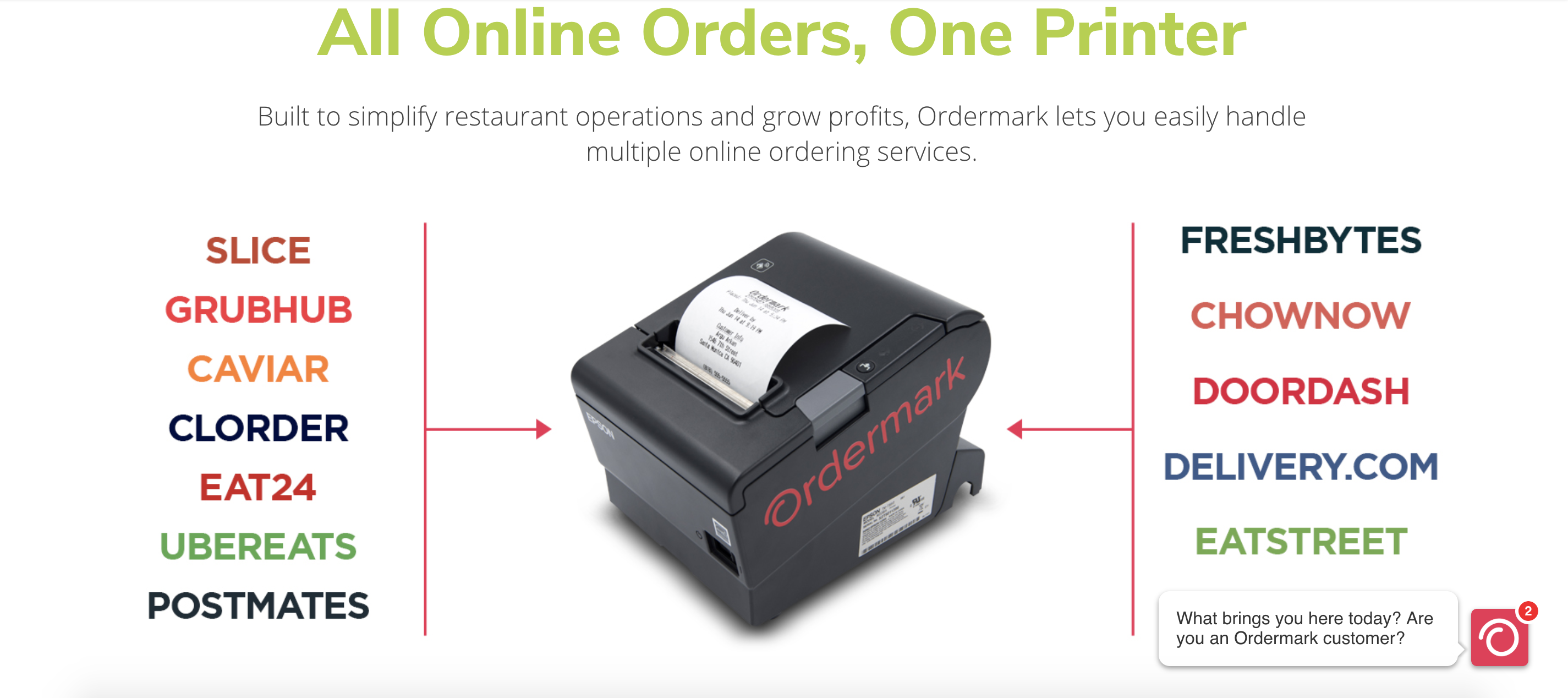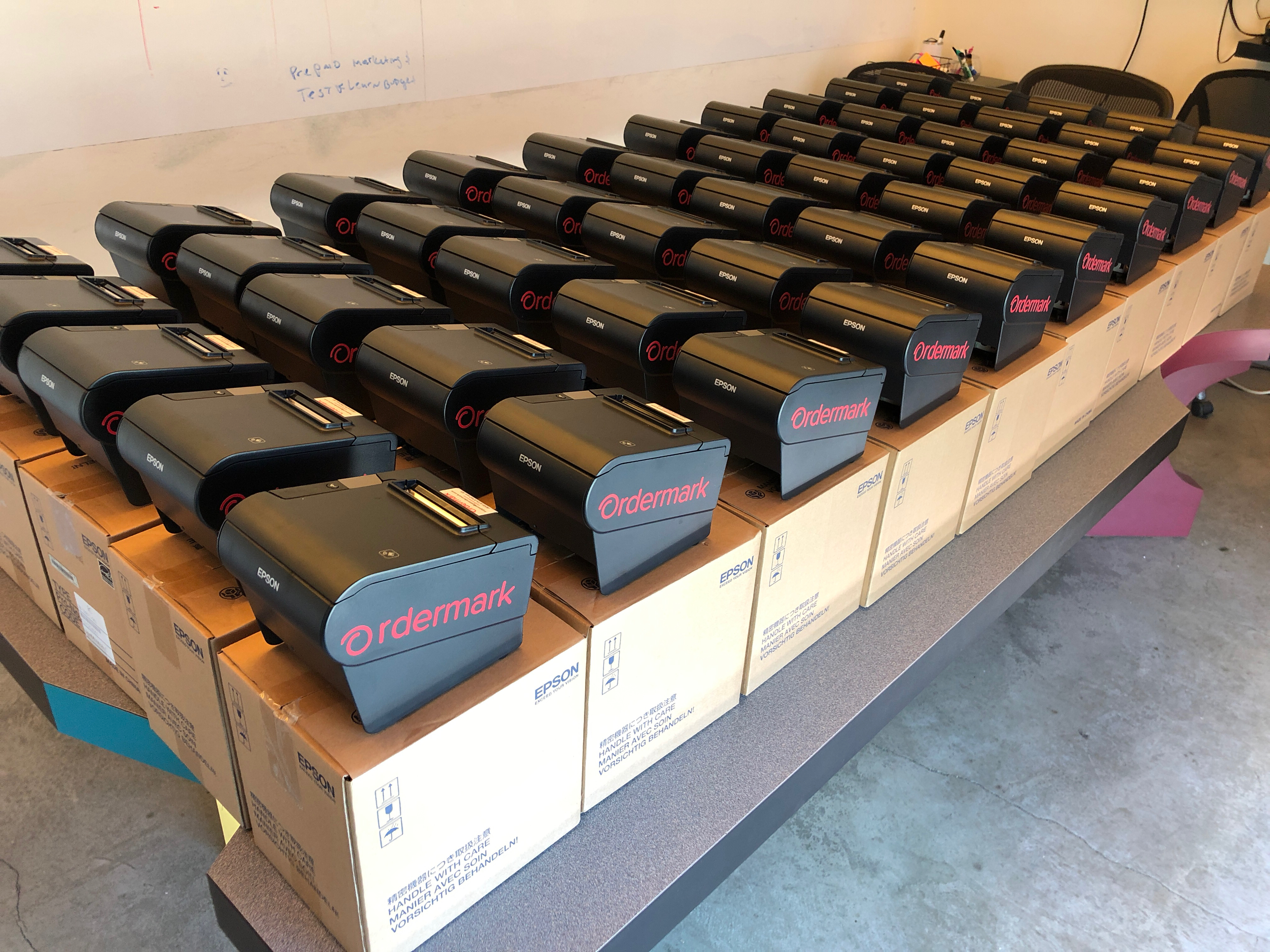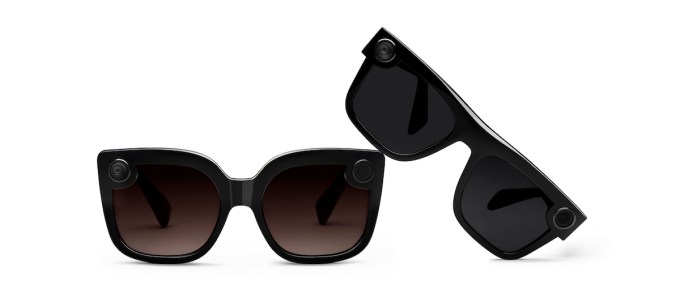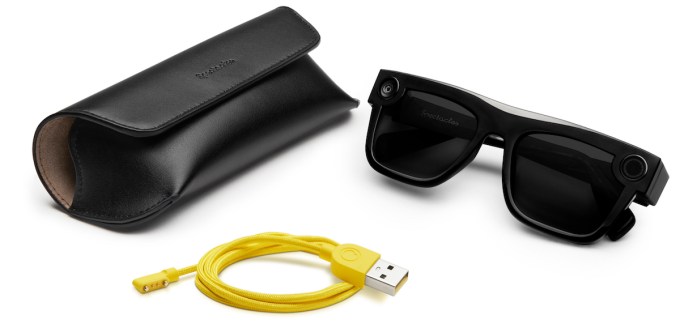Ahead of Facebook COO Sheryl Sandberg testifying before Congress later today, where she will be questioned alongside Twitter CEO Jack Dorsey as US lawmakers wrestle with how to regulate social media platforms (and even just to get bums on seats, given Google’s Larry Page declined to attend), the Pew Research Center has published new research suggesting Americans have become more cautious and critical in their use of Facebook over the past year.
It’s certainly been a year of scandals for the social media behemoth, which started 2018 already on the back foot already in the wake of Kremlin-backed election interference revelations — and with Mark Zuckerberg saying his annual personal mission for the new year would be the embarrassingly unfun challenge of “fixing Facebook”.
Since then things have only got worse, with a major global scandal kicking off in March after fresh revelations about the Cambridge Analytica data misuse sandal snowballed and went on to drag all sorts of other data malfeasance skeletons out of Facebook’s closet.
‘Locking down the platform’ is the new ‘closing the stable door after the horse has bolted’.
All of which led Zuckerberg to be perched on a booster cushion in the Senate and Congress, where he was berated by US lawmakers for dodging their questions. (Lawmakers in Europe berated him for avoiding their questions too.)
So if US Facebook users are changing how they use the platform as a result of all this scandalabra it’s hardly surprising (or only if you believe the lie Zuckerberg has fenced for years that people don’t care about privacy).
Pew sees evidence of a change in US users’ relationship with the service, noting that many users have adjusted privacy settings (52%); taken a break from Facebook of at least a few weeks (42%); while around a quarter (26%) said they had deleted the Facebook app from their cellphone.
All told, it said that almost three-quarters (74%) of Facebook users told it they have taken at least one of these three actions in the past year.
Most worryingly for Facebook, it found differences in the reaction of users depending on their age — with younger users (18 to 29) by far the most likely to say they had deleted the Facebook app in the past year.
So privacy alive and kicking among the young then — not, er, dead.
Similarly, Pew found that older users are much less likely to say they have adjusted their Facebook privacy settings in the past 12 months: Only a third of users 65 and older have done this vs a full 64% of younger users.
It also found that only around one-in-ten Facebook users (9%) have downloaded the personal data about them available on Facebook — a possibility which was given extra publicity by Zuckerberg’s testimony to US lawmakers.
Despite this group representing a relatively small slice as a share of the Facebook population, Pew couches these users as “highly privacy-conscious” — saying roughly half (47%) of the users who have downloaded their personal data from Facebook have deleted the app from their cellphone, while 79% have elected to adjust their privacy settings.
Ergo it looks like awareness of data risks strengthens pro-privacy behavior among users. Who’d have thought it?!
Pew’s study was carried out between May 29 and June 11, 2018 — so well after the Cambridge Analytica scandal had snowballed into a major PR crisis for Facebook — with the research firm polling more than 4,500 respondents
A separate Pew study, also conducted at the same time and published today, suggests many US users don’t understand how Facebook’s News Feed works.
The survey found that “notable shares” of Facebook users ages 18 and older lack a clear understanding of how the site’s News Feed operates; feel they have little control over what appears there; and have not actively tried to influence the content the feed delivers to them.
When asked whether they understand why certain posts but not others are included in their news feed, around half of U.S. adults who use Facebook (53%) say they do not — with a fifth (20%) saying they do not understand the feed at all well.
Older users are especially likely to say they do not understand the workings of the News Feed: Just 38% of Facebook users ages 50 and older say they have a good understanding of why certain posts are included in it vs 59% of users ages 18 to 29.
While Facebook offers some tools for users to control what they see in the Feed, such as by giving priority to certain people or hiding posts from others, Pew found that just 14% of Facebook users believe ordinary users have a lot of control over the content that appears there – and twice that share (28%) said they felt they have no control.
Older Facebook users in particular feel they have little agency in this regard: Some 37% of Facebook users 50 and older think users have no control over their News Feed, roughly double the share among users ages 18 to 49 (20%), Pew also found.
The existence of user controls on Facebook’s platform was a factor that Zuckerberg deferred to multiple times during his testimony to lawmakers earlier this year, claiming for example that Facebook users have “complete control” over how their information is used as a result of the settings the platform offers them.
Whatever the truth of the substance of that claim, many Facebook users clearly feel they have little control over what they are exposed to on the service — which in turn undermines the company’s claims that it puts its users in the driving seat when it comes to data (be that how their own data is used, or what other data the service exposes them to).
The lack of transparency around algorithmically controlled content platforms is likely to be a key theme in the Senate Select Intelligence Committee’s questioning of the social media execs later today. (More for how to watch the hearings here.)
We’ve reached out to Facebook for comment on Pew’s research.






 As the company announced today, it has raised a $5 million Series A funding round led by leAD Sports/OurCrowd’s ADvantage Fund, with additional backing from Accomplice, Elysian Park, Go4it, Courtside VC and Sterling.VC.
As the company announced today, it has raised a $5 million Series A funding round led by leAD Sports/OurCrowd’s ADvantage Fund, with additional backing from Accomplice, Elysian Park, Go4it, Courtside VC and Sterling.VC.


